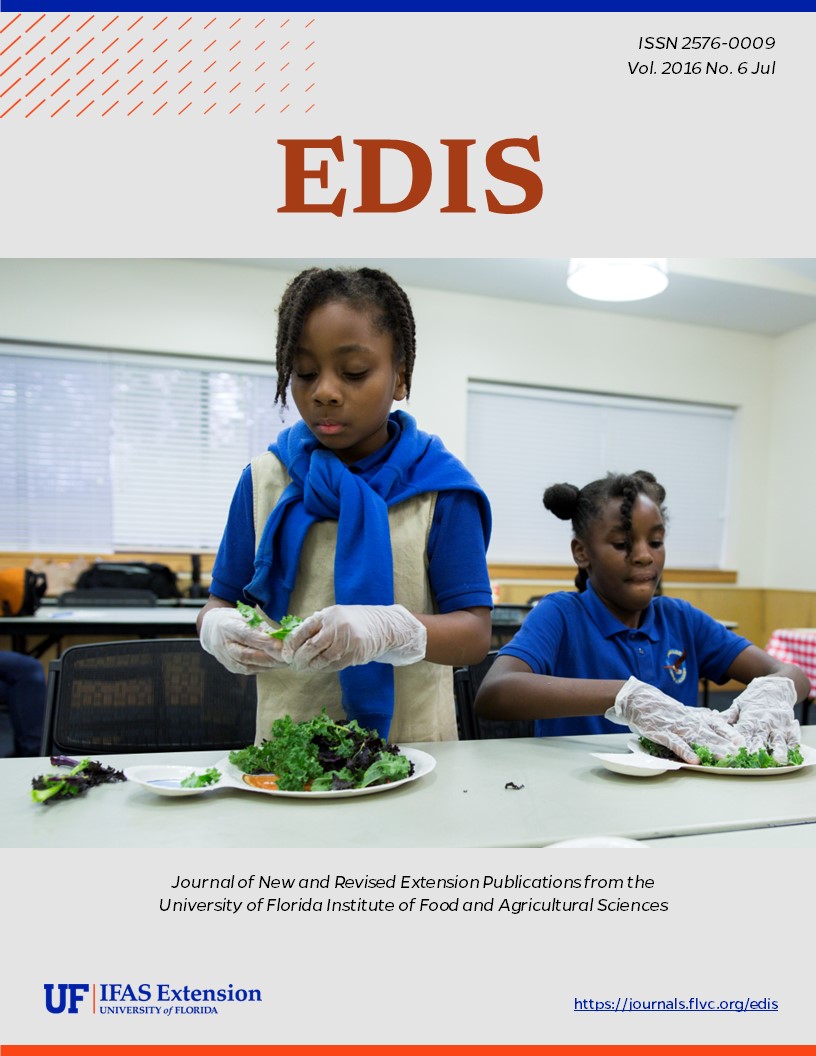Abstract
This document states that South Florida's range management for cattle involves understanding the unique characteristics and historical context of the region's range types. The southeastern pine forest region, particularly Florida, has been utilized for cattle production since 1521 and is classified as the longleaf/slash-pine/wiregrass range type. The state has approximately 3 million acres of range, primarily forested in the northern half, while two-thirds of Florida's cattle are found in the south.
The Natural Resource Conservation Service (NRCS) recognizes 28 range sites in Florida, but only four are significant for cattle production in South Florida. The document highlights the importance of native grasses, distinguishing between "decreaser" grasses, which are preferred and decline with overgrazing, and "increaser" grasses, which are less desirable and increase with overgrazing.
Range condition class, a traditional method of assessing range health based on the prevalence of decreaser grasses, is discussed alongside the more modern concept of rangeland health, which evaluates the integrity of soil, vegetation, water, and air. The document emphasizes the importance of available forage and its nutritive value, noting that Florida ranges typically support low cattle carrying capacities due to poor to fair range conditions.
This document was first published in June, 2002.
References
NRC (National Research Council). 1994. Rangeland health: New methods to classify, inventory, and monitor rangelands. National Academy Press, Washington, D.C. (http://www.nap.edu/catalog.php? record_id=2212).
Pate, F.M. and R.S. Kalmbacher. 2003. Molasses–Supplements for Mature, Lactating Beef Cows Grazing Range. AN044. Gainesville: University of Florida Institute of Food and Agricultural Sciences. http://ufdc.ufl.edu/IR00004535/00001.
Society for Range Management Task Force Group on Unity in Concepts and Technology Committee. 1995. New concepts for assessment of rangeland condition. J. Range Manage. 48: 271-282.(http://digitalcommons.library.arizona.edu/objectviewero=http%3A%2F%2Fjrm.library.arizona.edu%2FVolume48%2FNumber3%2Fazu_jrm_v48_n3_271_282_m.pdf).
USDA (United States Department of Agriculture). 2000. Summary Report: 1997 National Resources Inventory (revised December 2000), National Resources Conservation Service, Washington, DC, and Statistical Laboratory, Iowa State University, Ames, Iowa, 89p. (http://www.nrcs.usda.gov/wps/portal/nrcs/home).
USDA NRCS (National Resources Conservation Service). 2003. National Range and Pasture Handbook. Grazinglands Technology Institute, Revision 1 December 2003. (http://www.nrcs.usda.gov/wps/portal/nrcs/main/?ss=16&navtype=BROWSEBYSUBJECT&cid=null&navid=960120000000000&pnavid=960000000000000&position=BROWSERBYSUBJECT&ttype=main&pname=Range%2520&2520Pasture%2520-%252ONRCS)

This work is licensed under a Creative Commons Attribution-NonCommercial-NoDerivatives 4.0 International License.
Copyright (c) 2016 UF/IFAS

